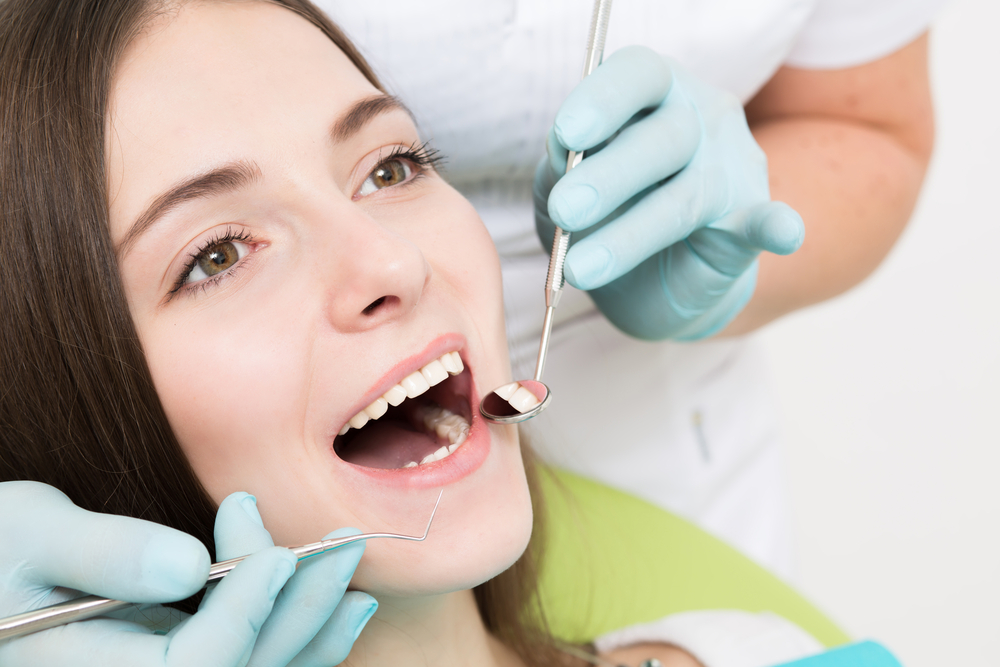Vitamin E, Pentoxifylline and TheraBite System Ease Lockjaw, Small Study Suggests
Written by |

Using vitamin E, pentoxifylline, and the TheraBite Jaw Motion Rehabilitation System may help reduce trismus — commonly called lockjaw — in people with scleroderma, a study in two patients suggests.
The research, “Dental management of scleroderma patients using pentoxifylline plus vitamin E with and without TheraBite® to reduce trismus: Two case reports and brief review of literature,” was published in the journal Clinical Case Reports.
Up to 90% of people with scleroderma experience dental and facial symptoms such as trismus, which is defined as a reduced ability to open the mouth. The measurement of how wide the mouth can open is called interincisal distance (ICD).
A team of researchers from the Ohio State University College of Dentistry now intended to assess treatment options for scleroderma patients experiencing lockjaw. They analyzed two such patients, both women (ages 34 and 54) and with significantly decreased ICD (22-26 mm) compared with the normal range, which is 35-55 mm, or 1.4 to 2.2 inches.
The researchers assessed the intercommissural measurement (ICM), which is the distance between the corners of the mouth. In comparison to a previous study reporting an average ICM of 45.9 mm in women, these patients had a slightly lower distance at 40-42 mm.
The women were given treatment with vitamin E and pentoxifylline, a combination with evidence of safety of efficacy in scleroderma patients. A 400mg dose of pentoxifylline was given three times per day, along with vitamin E at 400 IU, taken twice daily.
Pentoxifylline is intended to improve blood flow through narrowed arteries, allowing for increased circulation and oxygen transport throughout the body. It is most commonly prescribed for arterial disease, but research suggests it may reduce damage to blood vessels in people with scleroderma.
Vitamin E plays a role as an antioxidant and anti-inflammatory agent in the body. It has been used to treat scleroderma, and is thought to reduce blood vessel damage and improve overall blood flow.
Together, pentoxifylline and vitamin E may supplement one another in improving circulation. Dentists, in particular, have used this combination to reduce lockjaw symptoms.
In addition, the 54-year-old woman was given the TheraBite Jaw Motion Rehab System, a handheld device that is designed to mechanically ease trismus by stretching the jaw muscles. She was instructed to use the device four times per day, performing from six to eight repetitions each time, for 10‐15 seconds each.
Both patients showed improvements in the two jaw measurements, IDM and ICM, after one month.
In the woman not using TheraBite, ICD improved from 22 to 25 mm, while IDM improved from 40 to 42 mm. In turn, the patient who used Therabite experienced increases from 26 to 30 mm in ICD and from 42 to 46 mm in IDM.
“Pentoxifylline plus vitamin E with TheraBite seems to be effective [in] reducing trismus in scleroderma patients,” the scientists said.
“Additional clinical research is needed,” they added.
The TheraBite Jaw Motion Rehab System is manufactured by CranioMandibular Rehab and is available by prescription.





